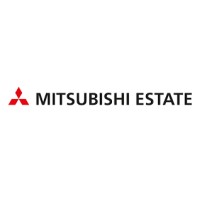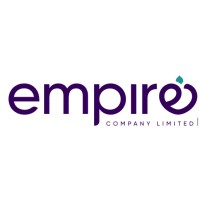
Mitsubishi Estate Co., Ltd.
A comprehensive real estate owner and developer, known for its leading position in the Japanese market and its large holding in Marunouchi, Tokyo. Operating a spectrum of businesses in diverse fields related to real estate, including an office building business centered on the Marunouchi district in central Tokyo, a retail property business, a residential business and a hotel business. The Company's area of operations is not confined to Japan; it includes the United States and the United Kingdom and extends to such Asian countries as China and Singapore.






